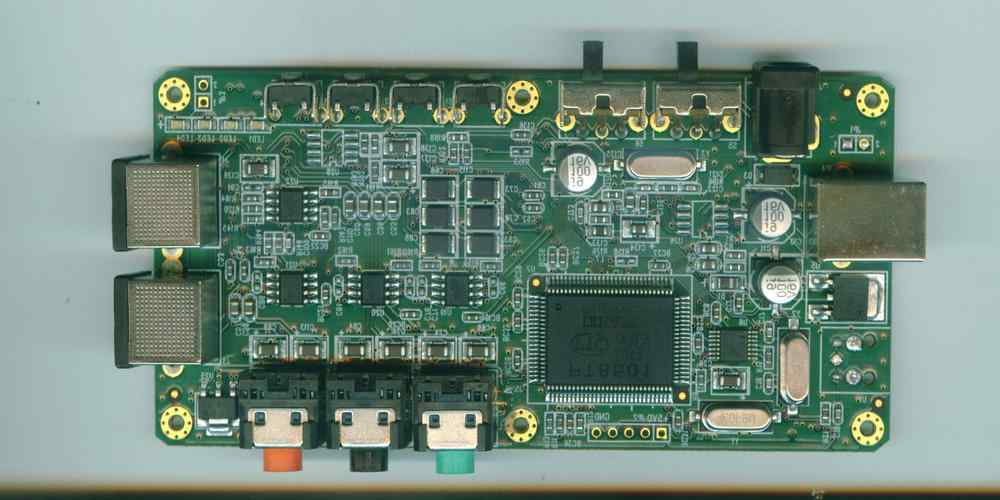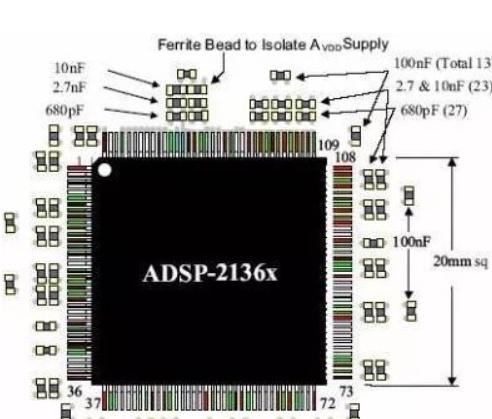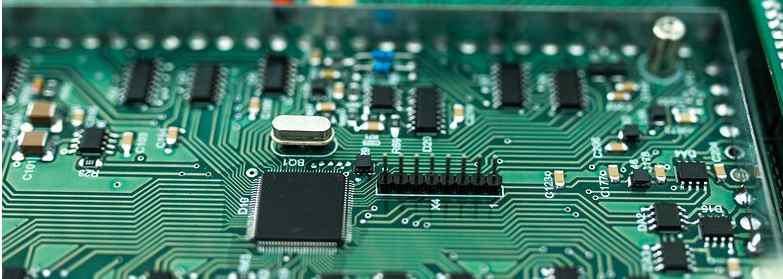
One: finger row electroplating
Rare metals are often plated on printed circuit boardside connectors, edge protruding contacts or gold fingers to provide lower contact resistance and higher wear resistance. This technique is called finger plating or protruding part plating. Often the gold plating inner layer of nickel plating plate edge connector protruding contact, gold finger or plate edge protruding part using manual or automatic plating technology, at present contact plug or gold finger on the gold plating has been plated, plated lead, plated button instead. The process is described as follows:
1. Strip coat Remove tin or tin-lead coating from protruding contacts;
2. Rinse with cleaning water;
3. Scrub scrub with abrasive;
4. Activation is not in 10% sulfuric acid;
5 The thickness of nickel plating on the protruding contact is 4-5 μm;
6. Wash and remove mineral water;
7. Gold osmotic solution treatment;
8. Gold plating;
9. Cleaning;
10. Dry.
Tow: through hole plating
There are a number of ways to create a satisfactory coating on the wall of the substrate drilled. This is known in industrial applications as hole wall activation. The production process used by PCB manufacturers requires multiple intermediate storage tanks, each of which has its own control and maintenance requirements. The through hole plating is a necessary follow-up to the drilling process. As the bit drills through the copper foil and the underlying substrate, the heat generated melts the insulating synthetic resin that makes up most of the substrate substrate. The melted resin and other drilling debris accumulates around the holes and is coated on the newly exposed hole wall of the copper foil, which is actually harmful to the subsequent plating surface. The melted resin will also leave a layer of thermal shaft on the hole wall of the substrate, which exhibits poor adhesion to most activators. This requires the development of a class of techniques similar to stain removal and corrosion back chemistry.
A more suitable approach to PCB prototyping is to use a specially designed low-viscosity ink to form a highly adhesive, highly conductive film on the inner wall of each through-hole. This eliminates the need for multiple chemical processes and allows a single application step, followed by thermal curing, to form a continuous coating on the inside of all pore walls, which can be directly plated without further treatment. The ink is a resin-based material that is highly adhesive and can be easily attached to most hot polished perforated walls, eliminating the need for erosion.

Three: rolling wheel continuous selective plating
Pins and pins of electronic components, such as connectors, integrated circuits, transistors and flexible printed circuits, are selected plating for good contact resistance and corrosion resistance. This plating method can be used manually or automatically. It is very expensive to select each pin individually, so batch welding must be used. Usually, the ends of the foil flattened to the desired thickness are cut, cleaned chemically or mechanically, and then optionally plated with nickel, gold, silver, rhodium, knob or tin-nickel, copper-nickel, nickel-lead, etc. In the selection of plating this electroplating method, first in the metal copper foil plate does not need plating part coated with a layer of resistance film, only in the selected copper foil part of plating.
Four: brush plating
Another method of selective plating is called brush plating. It is an electrodeposition technique in which not all parts are immersed in the electrolyte during the plating process. In this electroplating technique, only a limited area is plated and the rest is not affected at all. Typically, rare metals are plated on selected parts of the board, such as areas such as PCB side connectors. Brush plating is used more often in electronics assembly shops to repair discarded circuit boards. A special anode (chemically inactive anode, such as graphite) is wrapped in an absorbent material (cotton swabbed) and used to carry the plating solution to the site where the plating is to be performed.







